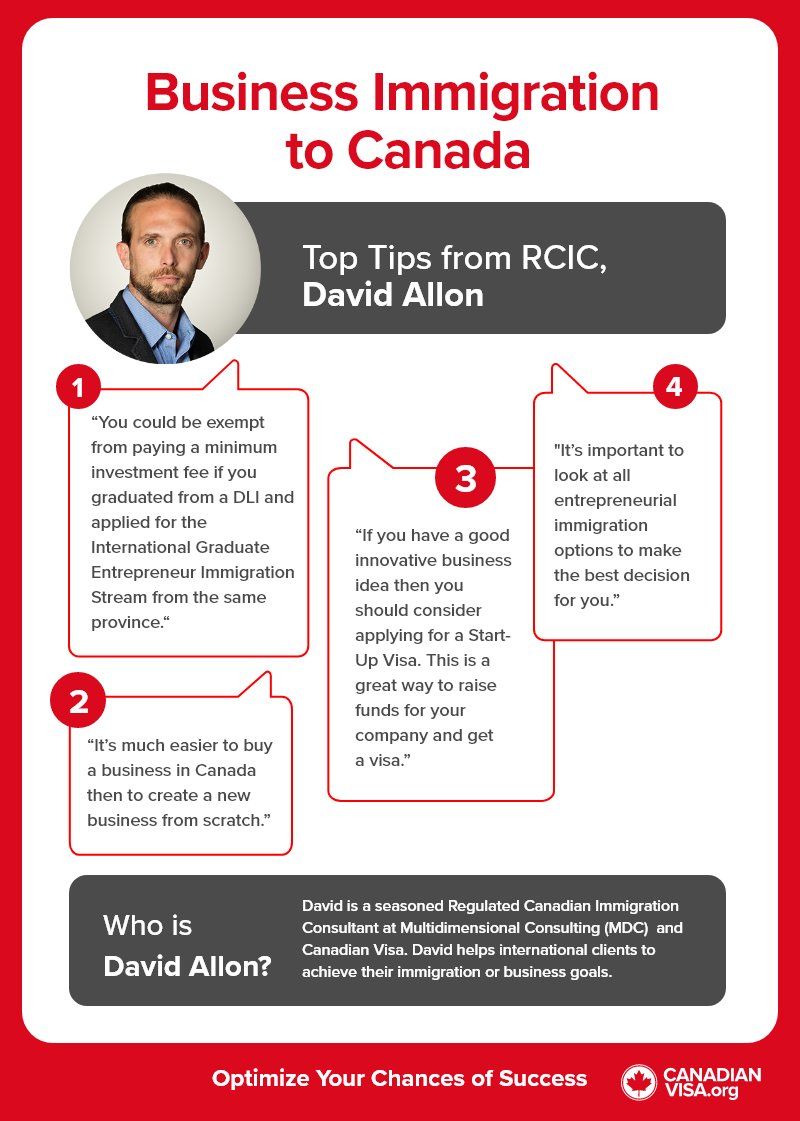Exit Strategies for a Canadian startup company
> Business > Articles
Exit Strategies for Canadian Startup Business (Page 5)
DISCLAIMER The information provided here is of a general nature and may not apply to any specific or particular situation. It is not to be considered as a legal advice nor presumed to be indefinitely up to date.
6. Bankruptcy Sixty percent of venture funded startup companies go bankrupt. For some startups, a restart will rejuvenate the enterprise; for others bankruptcy will be the endgame. Two types of bankruptcy apply to corporations ?a bankruptcy and reorganization. In a bankruptcy proceeding, a debtor company's assets are identified and the business liquidates by selling the assets to pay outstanding debts. The law of Ontario provides creditors with number of mechanisms by which they can take unilateral steps to recover payment of debts owned to them. If the creditor is unsecured, the first of these steps is the proof of the debt through a judgment of the Court or through the proof of claim procedures created by statues, both provincial and federal, for protection of creditors rights. If a judgment is obtained, the Rules of Civil Procedure provide a judgment creditor with mechanisms by which assets of a startup may be sized by the sheriff and sold to satisfy the judgment. Other provisions of the Rules permit garnishment, which is a mechanism by which payments of amounts owing by third parties to the debtor may be intercepted by the sheriff and distributed to the debtor’s creditors. If the creditor is secured, it may usually take steps to seize the assets which are subject to the security without first obtaining a judgment or order of the Court. Secured creditors also have the right to sell the assets subject to their security (collateral) without the intervention of the court or any Court official such as Sheriff. The security that the secured creditor holds gives it a “power of sale?over the collateral. The proceeds of sale realized pursuant to this power are available exclusively to those creditors who have security rights in the collateral in the order of priority determined by federal or provincial legislation governing secured creditors?rights and remedies. However, for many startups, few tangible assets exist. Office space is often leased, as are furniture, equipment, and computers. More often than not, the most valuable assets are the intangibles of the company ?its intellectual property. This may include everything from patents to customer lists to domain names. To have any hope of recovery, creditors need to have done their due diligence to establish that a startup actually owns its intellectual property. If, instead, a startup is merely a licensee, recent court cases have given the licensor a tremendous amount of power in the resolution of the bankruptcy proceedings. Also, valuing intangible assets often proves more difficult than identifying them. The intellectual property's value will be less than investors have invested and lower than the debtor's initial valuation. Traditional intellectual property and other assets will be easier to value than the technologies, websites, and other intangibles of startup companies. A reorganization proceeding allows a company to restructure its debts and continue business by reaching a compromise among the debtor company and its creditors which would permit the debtor company to carry part or all of its business. Debt restructuring may be achieved through direct settlement made with each of the affected creditors. Alternatively, a debtor or, in some limited circumstances, a creditor may initiate formal proceedings by filing a restructuring proposal under the Bankruptcy Act. Formal restructuring proceedings have the advantage of binding dissenting creditors to the plan or proposal in their class of votes in faivour of the plan in the required majorities and the Court approves or sanctions the proposal or arrangement. A restructuring protects a company from creditor claims while permitting the company to operate and work to become leaner and more efficient. While theoretically possible, this is not easily accomplished for most financially strapped startup companies. Without a source of capital, nothing remains to sustain the company while it reorganizes. For most startups, reorganization is an impossible dream. There's no money left, no revenue stream, no business plan to lead the company to profit, no employees left and therefore nothing to restructure. Indeed, with many startups in distress, there is little reason for creditors to forebear or meet to hammer out a restructuring plan. While startups in bankruptcy create a whole new set of legal hurdles, they do at least provide creditors with some voice. Once bankruptcy proceedings begin, the startup will need court or creditor approval before burning capital. At the same time, startup bankruptcies have fueled a new cottage industry: selling on the Internet the assets of companies in bankruptcy. Bid4Assets.com estimates that twenty five percent of the assets it liquidates come from startup companies.

